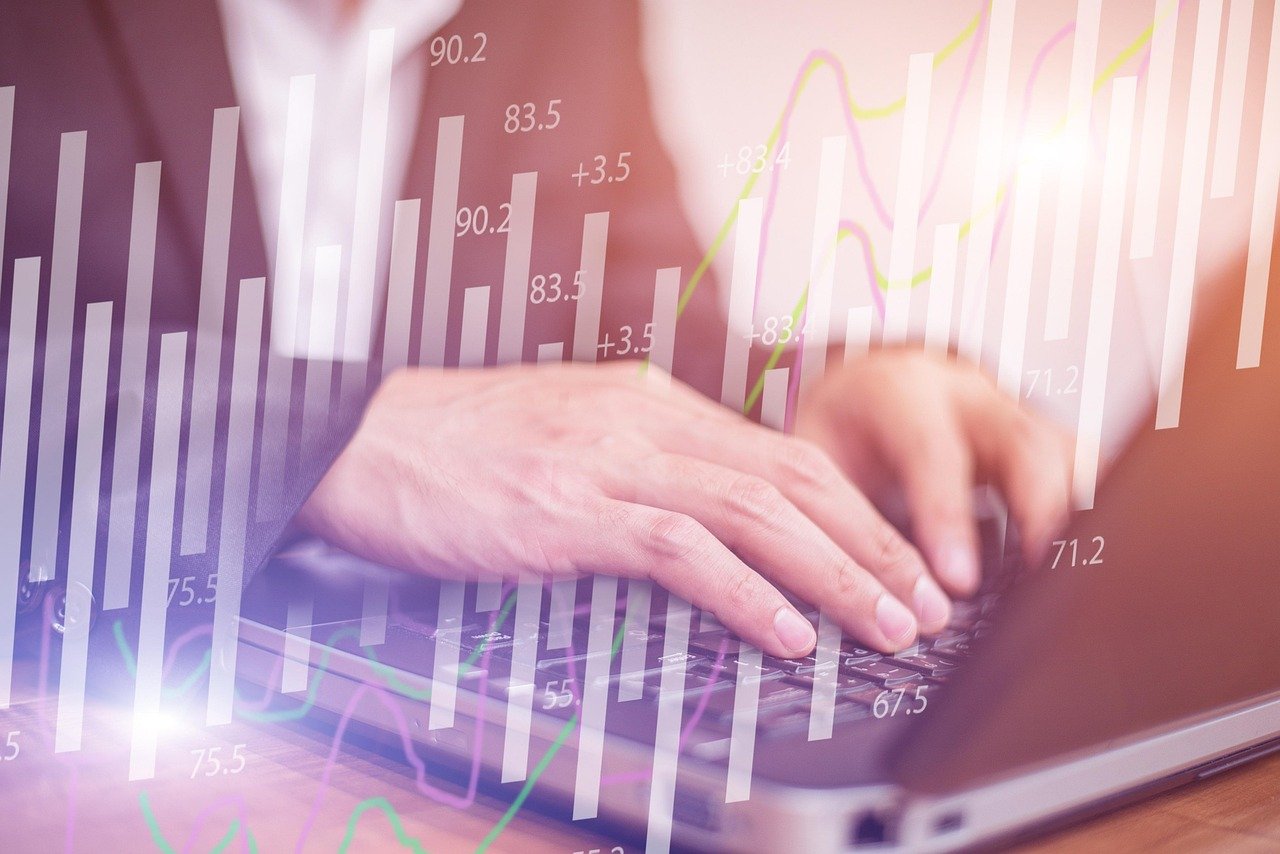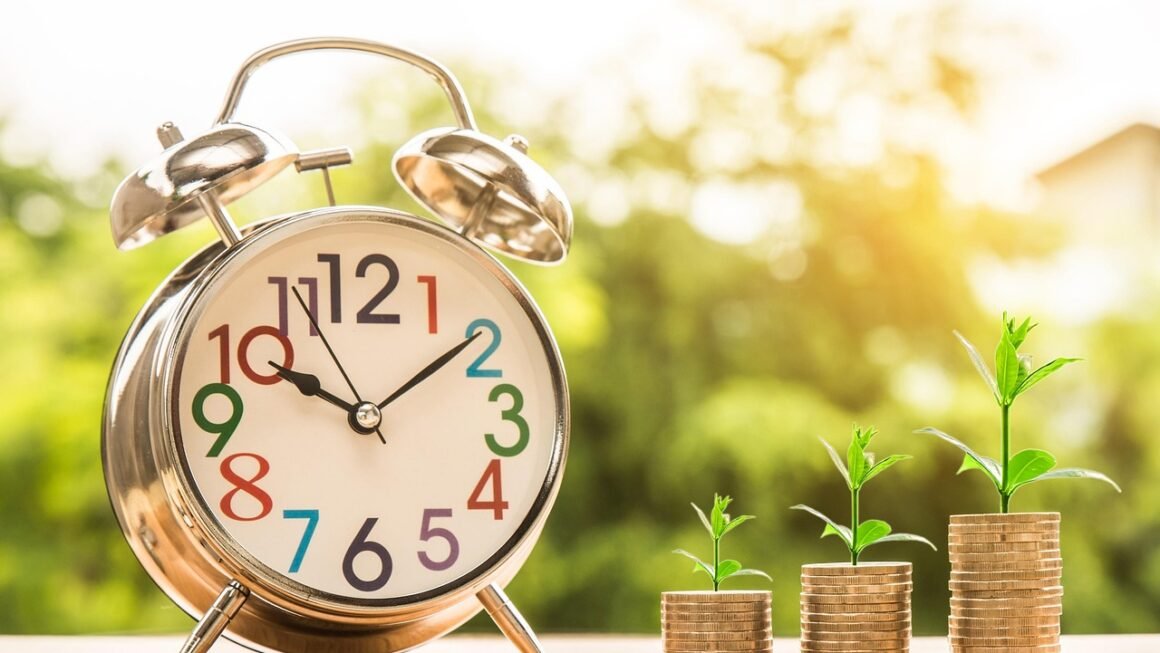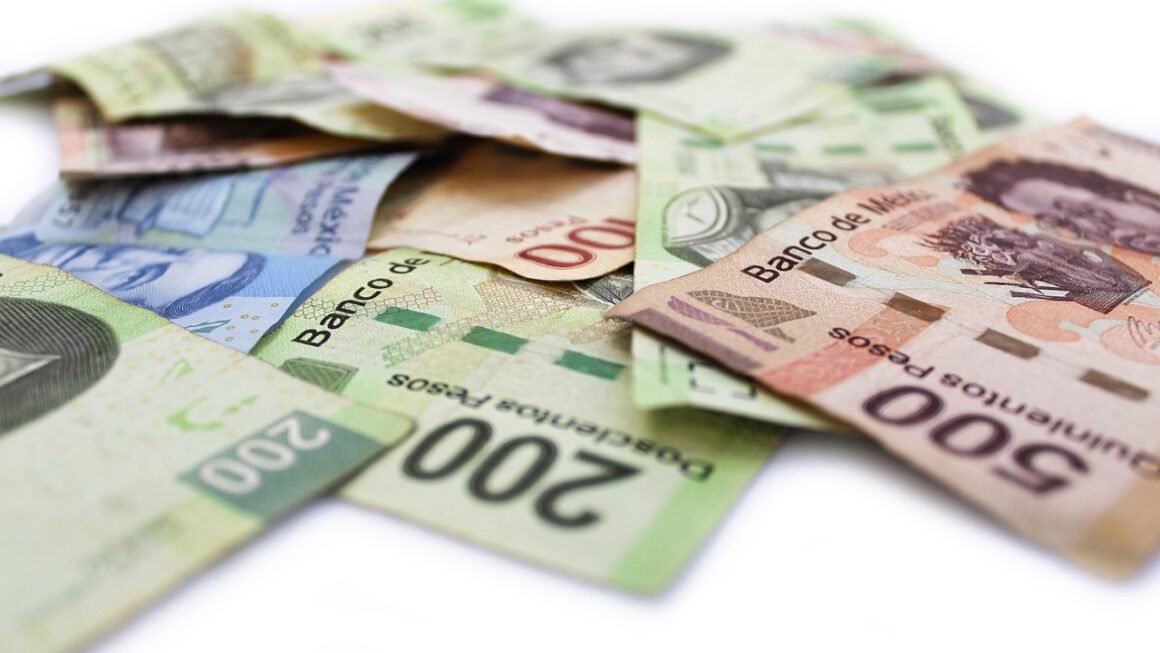Imagine waking up tomorrow to a flat tire, a flooded basement, or a sudden job loss. Panic sets in, doesn’t it? But what if, instead of panic, you felt a sense of calm knowing you have a safety net ready to catch you? That safety net is your emergency fund, and it’s one of the most crucial components of a solid financial foundation. This post will guide you through understanding, building, and maintaining your own financial cushion, ensuring you’re prepared for life’s unexpected curveballs.
What is an Emergency Fund and Why Do You Need One?
Understanding the Purpose
An emergency fund is a readily available pool of money specifically set aside to cover unforeseen expenses and financial hardships. It’s not for vacations, new gadgets, or impulse buys; it’s strictly for emergencies. Think of it as financial insurance – it protects you from debt and financial ruin when the unexpected happens.
- Definition: Readily accessible savings reserved for unexpected expenses.
- Purpose: To avoid debt and financial hardship during emergencies.
- Goal: To provide peace of mind and financial security.
The Importance of Having an Emergency Fund
Having an emergency fund provides numerous benefits:
- Prevents Debt: Avoids relying on high-interest credit cards or loans during emergencies.
- Reduces Stress: Offers peace of mind knowing you can handle unexpected expenses.
- Maintains Financial Stability: Helps you stay on track with your financial goals even during tough times.
- Offers Flexibility: Provides options and time to make informed decisions during a crisis.
- Protects Your Credit Score: Prevents missed payments and potential defaults on loans.
According to a 2023 report by the Federal Reserve, nearly 40% of Americans wouldn’t be able to cover an unexpected $400 expense. An emergency fund addresses this vulnerability.
How Much Should You Save?
Determining Your Target Amount
A commonly cited rule of thumb is to save 3-6 months’ worth of living expenses in your emergency fund. However, the ideal amount varies based on individual circumstances:
- Minimum Recommendation: 3 months of essential living expenses.
- Ideal Recommendation: 6 months of essential living expenses.
- Factors to Consider:
Job Security: If you work in a stable industry or have a high-demand skill, you might be comfortable with 3 months. If your job is less secure, aim for 6 months or more.
Health Insurance: If you have a high-deductible health plan, you’ll want a larger emergency fund to cover potential medical bills.
Debt Levels: High debt levels may necessitate a larger emergency fund to avoid falling behind on payments.
Dependents: If you have children or other dependents, a larger emergency fund is generally recommended.
Living Expenses: Assess your monthly costs for housing, food, utilities, transportation, and healthcare.
Calculating Your Living Expenses
To determine the amount needed, accurately calculate your monthly essential living expenses:
- Housing: Rent or mortgage payments, property taxes, and homeowners insurance.
- Utilities: Electricity, gas, water, and internet.
- Food: Groceries and essential meals.
- Transportation: Car payments, insurance, gas, public transportation, and maintenance.
- Healthcare: Health insurance premiums, co-pays, and prescription costs.
- Debt Payments: Minimum payments on loans and credit cards.
- Example:
Let’s say your monthly essential expenses total $3,000. A 3-month emergency fund would be $9,000, and a 6-month fund would be $18,000.
Where to Keep Your Emergency Fund
Choosing the Right Account
The ideal location for your emergency fund is a safe and accessible account that offers some level of interest.
- High-Yield Savings Account (HYSA): Offers a higher interest rate than traditional savings accounts, allowing your money to grow slightly while remaining easily accessible.
- Money Market Account (MMA): Similar to HYSA, often offered by banks and credit unions, with potentially higher interest rates and check-writing capabilities.
- Certificate of Deposit (CD): Offers higher interest rates but locks your money away for a specific period. Generally not recommended for emergency funds due to limited accessibility.
Key Considerations for Account Selection
- Accessibility: Funds should be easily accessible within 1-3 business days.
- Interest Rate: Aim for an account with a competitive interest rate to maximize growth.
- FDIC Insurance: Ensure the account is FDIC-insured (or NCUA-insured for credit unions) to protect your funds up to $250,000 per depositor, per insured bank.
- Fees: Avoid accounts with monthly maintenance fees or transaction fees.
- Liquidity: The ability to quickly withdraw funds without penalty.
- Example:
Opening a HYSA with an interest rate of 4.5% APY would allow your emergency fund to grow steadily while remaining accessible when needed.
Strategies for Building Your Emergency Fund
Setting Realistic Goals
Building an emergency fund takes time and discipline. Setting realistic and achievable goals is crucial for staying motivated:
- Start Small: Begin by setting a small, achievable goal, such as saving $500 or $1,000.
- Automate Savings: Set up automatic transfers from your checking account to your emergency fund each month.
- Track Your Progress: Monitor your progress regularly to stay motivated and adjust your savings plan as needed.
- Celebrate Milestones: Reward yourself for reaching savings goals to stay engaged.
Budgeting and Cutting Expenses
Reviewing your budget and identifying areas to cut expenses can accelerate your savings progress:
- Track Your Spending: Use budgeting apps or spreadsheets to monitor your spending habits.
- Identify Areas to Cut: Look for non-essential expenses that you can reduce or eliminate.
- Reduce Dining Out: Prepare meals at home more often to save money on restaurant bills.
- Cancel Unused Subscriptions: Cancel subscriptions you no longer use or need.
- Shop Around for Better Deals: Compare prices on insurance, utilities, and other services to find better deals.
Increasing Your Income
Increasing your income can significantly boost your savings efforts:
- Side Hustle: Consider starting a part-time side hustle to earn extra money.
- Freelancing: Offer your skills and services as a freelancer.
- Sell Unwanted Items: Sell items you no longer need or use online or at consignment shops.
- Negotiate a Raise: Research industry standards and negotiate a raise at your current job.
Maintaining and Replenishing Your Emergency Fund
Avoiding Depletion
The key to maintaining your emergency fund is to avoid using it for non-emergency expenses:
- Define “Emergency”: Clearly define what constitutes an emergency to avoid dipping into your fund for non-essential purchases.
- Resist Temptation: Avoid using your emergency fund for vacations, entertainment, or impulse buys.
- Track Spending: Regularly review your spending to ensure you’re not unnecessarily depleting your fund.
Replenishing After Use
When you do need to use your emergency fund, it’s essential to replenish it as quickly as possible:
- Adjust Your Budget: Temporarily cut back on non-essential expenses to accelerate your savings.
- Allocate Windfalls: Direct any unexpected income, such as tax refunds or bonuses, towards replenishing your fund.
- Set a Replenishment Goal: Establish a timeline for replenishing your fund to stay motivated.
- Adjust Automated Transfers: Increase your automatic transfers to rebuild your fund faster.
Conclusion
Building and maintaining an emergency fund is a cornerstone of sound financial planning. By understanding the purpose of an emergency fund, calculating your target amount, choosing the right account, and implementing effective savings strategies, you can create a safety net that provides financial security and peace of mind. Remember, consistency is key, and even small contributions can make a significant difference over time. Take control of your financial future today by prioritizing the creation and maintenance of your emergency fund.



